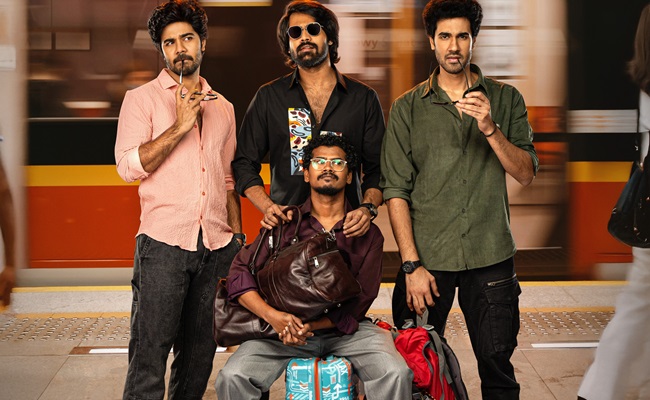
A significant trend has emerged among India’s ultra-rich — one in five individuals with a net worth of ₹25 crore or more is opting to settle abroad.
The reasons for this exodus range from taxation policies and infrastructure issues to a desire for better education, an escape from monotony, and an overall improved quality of life.
One of the primary factors driving this migration is dissatisfaction with India’s education system. The rapid rise of engineering colleges has led to a surge in graduates, but concerns over their quality persist.
Some deemed universities allegedly allow students to pass despite backlogs in exchange for money, leading to a lack of technical and soft skills among graduates.
This situation is alarming for young parents, who seek a robust educational framework for their children, prompting them to move to countries with superior academic institutions.
While young couples and middle-aged individuals are leading this migration, older generations are choosing to stay.
The key reason for their reluctance is India’s accessible and affordable healthcare system. Top-tier hospitals, home medical assistance, and cost-effective treatments are significant advantages that senior citizens find hard to give up.
On the infrastructure front, while India boasts impressive national highways, expressways, and ring roads, urban infrastructure remains a major concern.
City roads are often congested, and traffic woes persist, making daily commuting a challenge. This urban chaos, coupled with pollution and an unpleasant living atmosphere, is another reason why the wealthy prefer moving abroad in search of a better quality of life.
With these push-and-pull factors in play, the trend of India’s rich migrating overseas continues to grow, highlighting systemic challenges that need urgent attention.













